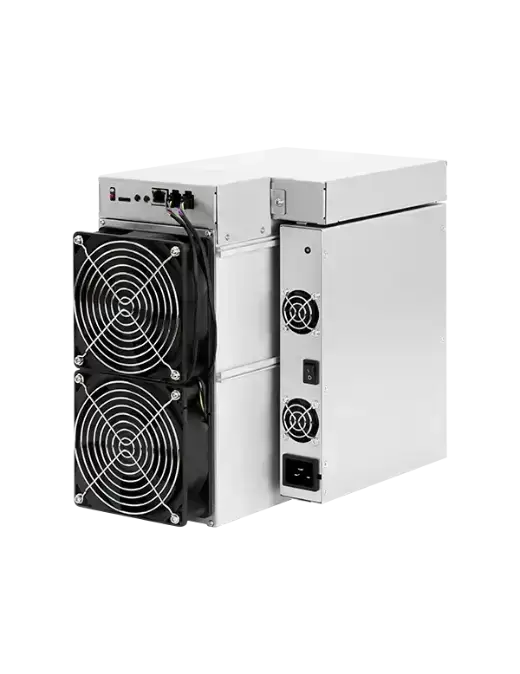NVIDIA's H100 and A100 GPU Cards:
Exploring the Intricacies of SXM and PCI-E Connections When it comes to high-performance computing, especially in areas like deep learning and scientific simulations, the choice of GPU and its connection interface is vital. Two of the most prominent names in this space are NVIDIA’s H100 and A100 GPU cards, known for their high performance and efficient processing capabilities. But how do these cards connect to the system, and what’s the difference between using SXM (NVIDIA’s NVLink Socket) or PCI-E (Peripheral Component Interconnect Express)? Let’s dive into the intricate details and explore the difference between these two connections for the high-end H100 and A100 cards. Choosing between SXM and PCI-E is not merely a technical decision; it is a strategic choice that can influence the entire computational workflow. SXM is typically the choice for those seeking the cutting edge in performance, ideal for environments where speed and data throughput are paramount. In contrast, PCI-E offers a more accessible and versatile option, suitable for a broader range of applications.

SXM (NVLink Socket): The Powerhouse Connection
1. High-Octane Connectivity and Bandwidth Spectacular Bandwidth:
SXM boasts NVIDIA’s NVLink technology, granting it an impressive speed advantage for data exchange between GPUs. Built for Collaboration: Designed with multi-GPU configurations in mind, SXM maximizes efficiency and scaling in clustered environments. Direct Talk Between GPUs: CPU? Who needs it! With SXM, GPUs communicate directly with each other, reducing latency.
2. Engineered for Performance: Power and Cooling Turbocharged Power Consumption:
More power means more performance, and SXM delivers it in spades. Cool Under Pressure: With options like liquid cooling, SXM keeps the temperature under control, even during the most demanding tasks.
3. Specialized Form Factor and Design Tailor-Made:
SXM cards fit best in custom system designs, often seen in elite data centers and supercomputing environments. Exclusive Club: This high-end option isn’t widely available for consumer-grade systems or ordinary workstations.























